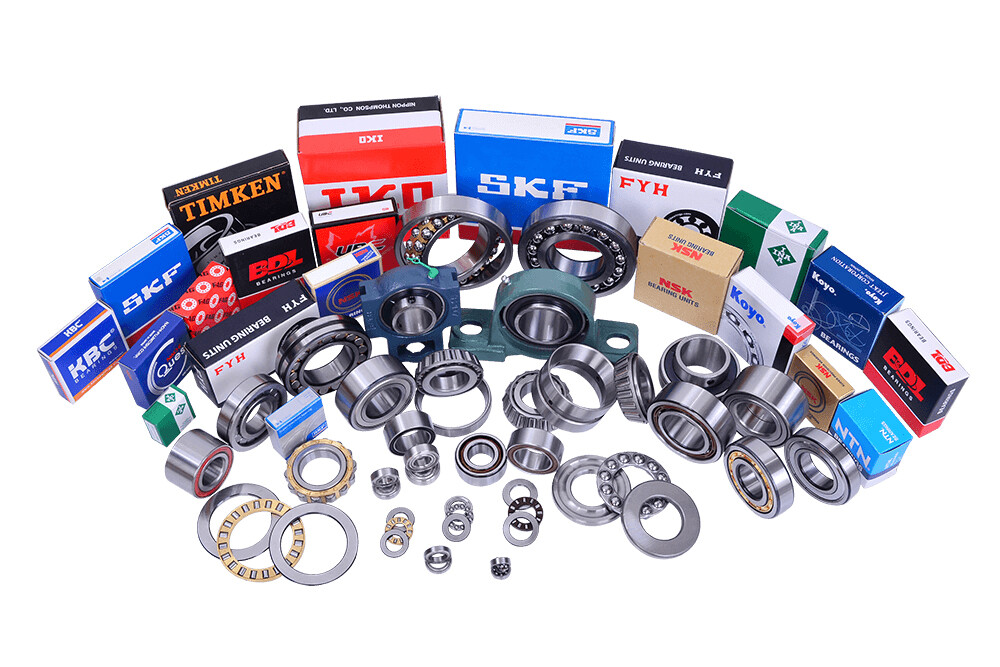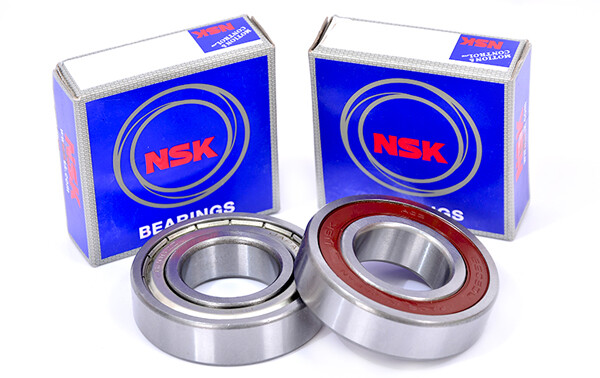The Ultimate Guide To Volution Bearing
The Ultimate Guide To Volution Bearing
Blog Article
The Ultimate Guide To Volution Bearing
Table of ContentsThe Single Strategy To Use For Volution Bearing10 Simple Techniques For Volution BearingWhat Does Volution Bearing Mean?Some Ideas on Volution Bearing You Need To Know
The temperature levels shown are those of the bearing parts themselves, which are usually more than the ambient temperature level of the application. For temperature elements between the values shown, linear interpolation may be applied - https://www.ted.com/profiles/46820522. Misalignment of a bearing typically occurs for 2 reasons: Housings are statically misaligned Shaft disperses or flexes under lots Typically, imbalance is not a good idea for rolling aspect bearings that are not particularly developed to fit misalignmentSelf-aligning round roller bearings can also fit some imbalance these bearings. These unique bearing kinds can fit imbalances from 1.0 to 1.5.
Area elevations and abilities raise as necessary. Area elevation is just the radial measurement between a bearing's bore and its outdoors diameter, right into which should be fitted an inner race, balls or rollers, and an outer race. An effectively developed birthing balances the thicknesses of both races with the rolling aspect size in order to enhance Dynamic Capability without substantially lowering the architectural strength of the races.
The Buzz on Volution Bearing
Generally, for a birthing to properly run, the inner and outer races should be appropriately sustained by the shaft and real estate. However, the nature of the style of some kinds of tools does not constantly permit this. As discussed in the misalignment section, in some cases substantial shaft deflection can take place causing misalignment.
All of these effects tend to decrease the theoretical life of the bearing, but with proper analysis and special internal design, this reduction can be minimized. Using Limited Component Evaluation (FEA) of the shaft and real estate under load can anticipate the quantity of distortion that will take place. A computer analysis of the interior operations of the bearing can reveal the anxiety circulation.
Consult American's sales division if the result of distortion requires to be included in the computation of bearing life. Most bearing systems employ two or 3 bearings in order to sustain a shaft under radial and thrust loads. The number of bearings depends on whether one bearing is also with the ability of taking a drive tons.
When there is a considerable range in between 2 support bearings, distinctions in thermal growth between the shaft and the housing call for that one bearing be the locating or propelled bearing and the other be a "float" bearing. A stack-up of axial tolerances in between the two birthing locations requires to have one bearing "float" axially so that a parasitical thrust load is not developed.
See This Report on Volution Bearing
Axial float is quickly suited by the lubed rollers sliding on the straight roller course. If another sort of bearing is used, such as a deep groove sphere bearing, dual row angular contact bearing, TDO tapered roller bearing or round roller bearing, the common technique is to enable the external races of these bearings to slide in the real estate birthed.
The world of design and equipment totally relies on different technological products, yet bearings hold a special area in look at here all. They are little parts that play an essential duty in enabling smooth regulated activity, minimizing rubbing, and making certain efficient power transfer. And also, not all the bearings are equivalent, they are dispersed according to sizes and shape.

The device of ball-bearing is based on the concept of rolling motion. It decreases rubbing between moving components. They contain inner and external races, balls, and cages to preserve ball separation. Round bearings are designed in such a method, that it permits efficient tons circulation and smooth rotation. The activity of machinery elements is profited by ball bearings.
The Best Guide To Volution Bearing
Different kinds of bearings offer different applications. Some of the typical variants are ball bearings, thrust sphere bearings, angular contact sphere bearings, and deep groove ball bearings.
They are specialized moving element bearings developed to manage both radial and axial tons, as they have their external and internal rings tapered. Understood as sleeve bearings or bushings, they are bearings that operate on the concept of moving motion even more than rolling aspects. They are a sort of rolling bearing made to give effective support for radial lots that permit rotational movement.

Report this page